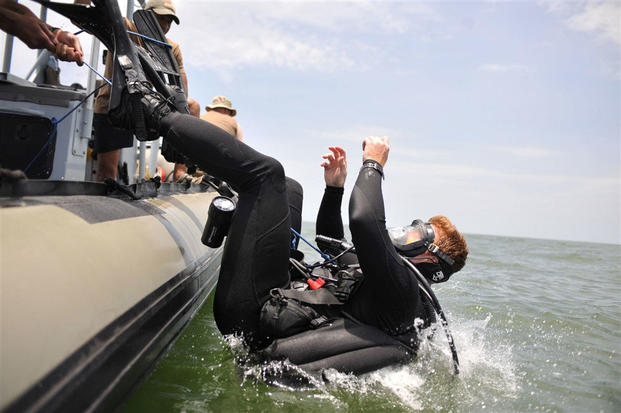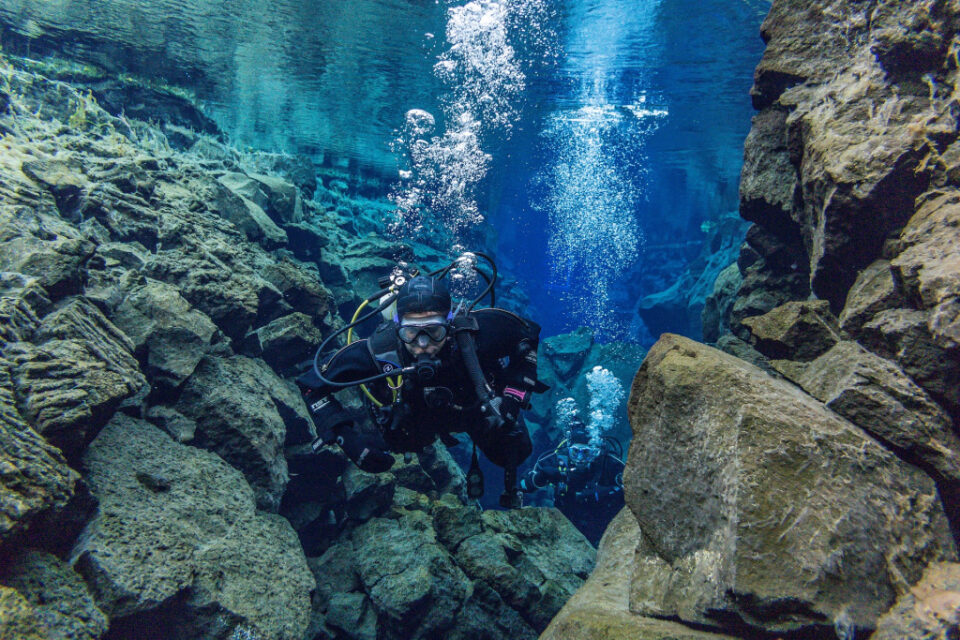What is technical diving?
Technical diving is used to describe diving activities conducted for personal enjoyment. That often goes beyond the scope of “recreational” diving. In the second case, hyperbaric medicine considers that any dive where we use a gas mixture for breathing is a “technical dive.”
The term technical diving was credited to Michael Menduno. Former editor of the diving magazine “AquaCorps”. The term was created recently, but it is increasingly used. Although divers have been engaged in these activities for decades,.
Technical diving definition
There are some professional disagreements about this term and everything that goes into it. Some say that technical diving is any type of diving that involves certain risks. Yet, some argue that deep-diving should be included. (as opposed to open-water diving). While others argue that deep diving should be considered a separate type of diving,. And trying to define technical diving with the use of decompression. Some minority views claim that certain specifics and risk factors should classify technical diving.
What most diving experts generally agree with is. Technical diving should be determined by the depth and time underwater. Which affects the safe and direct ascent to the surface. Thus, every technical diver must have advanced certification and pass specialized training.
Some situations will include:
- Decompression dives (where absorption of nitrogen gas in the diver’s tissue prevents safe and direct ascent without decompression stops)
- Cave diving, Diving under the ice, or Wreck diving, where penetration within the target site (in a cave, wreck, or under ice) precludes a direct ascent. To reach a horizontal ascent, it must first return to its starting position.
NAUI defines it as beyond the limits of recreational diving. Which is currently up to 40 meters / 130 feet. Usage of nitrox above 36% and multiple mix gases. Also diving without any natural light reaching the spot. As well as any form of decompression diving.
How PADI defines technical diving
PADI defines technical diving as any other than conventional. Commercial or recreational diving. Where divers exceed the limits of recreational diving. More precisely defined as an activity that includes one or more of the following. Diving beyond 40 meters / 130 feet. The need for decompression. Diving indoors 130 linear meters from the surface. Accelerated decompression / or the use of multiple gas mixtures in one dive.
NOAA defines it as any diving method that exceeds the limits imposed by the depth. And/or spending more time than prescribed rules for recreational diving. This often involves the use of special gas mixtures (other than compressed air) for breathing. The type of gas mixture used also determines the greatest depth planned for diving. Also, the length of time the diver intends to spend underwater. Although the recommended maximum depth for conventional diving is 130 meters,. Technical divers can operate in the range of 170-350 m (560–1150 ft) and sometimes even deeper. Technical diving almost always requires one or more mandatory decompression ‘stops’ on the ascent. During this, the diver can change the breathing gas mixture at least once. NOAA does not address issues related to breaking the rules of its definition.

Is technical diving safe?
This kind of diving is safe if both knowledge and experience are acquired at a particular pace that accompanies one another. This activity is closely linked to hyperbaric medicine. Which keeps track of new results from day to day in all fields of research. It is for this reason that the principle of systematic progress is used. Associated with constant education in all fields related to technical diving.
Thanks for reading!
